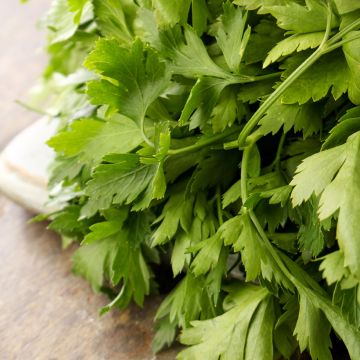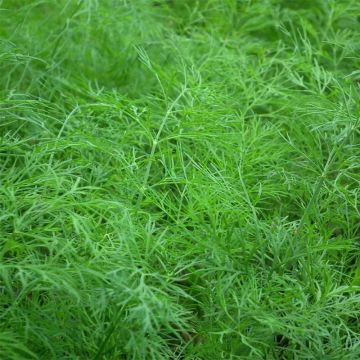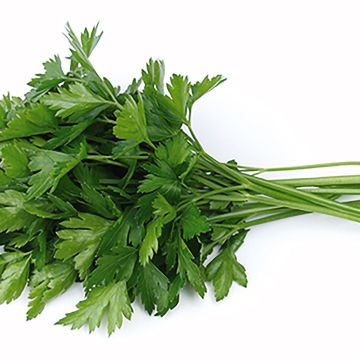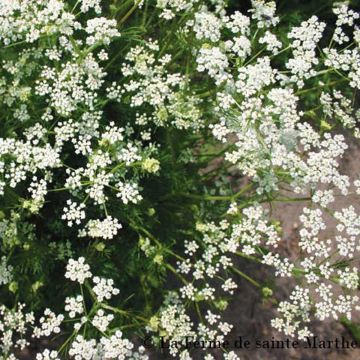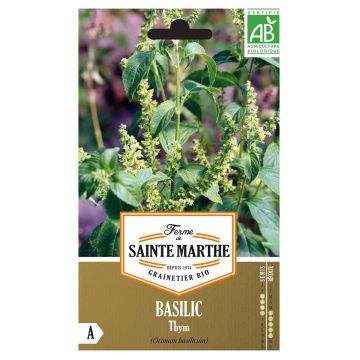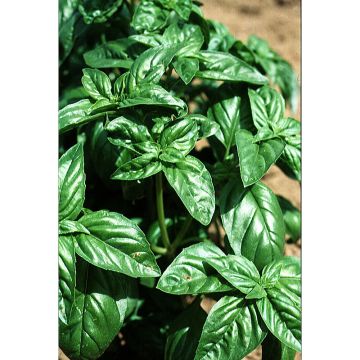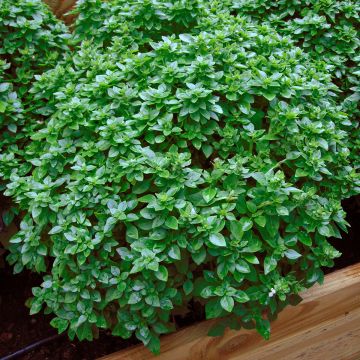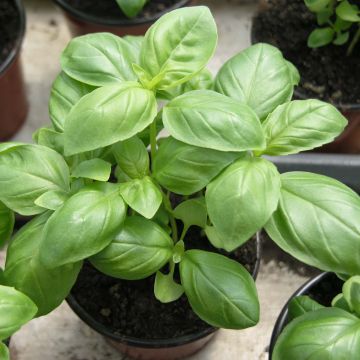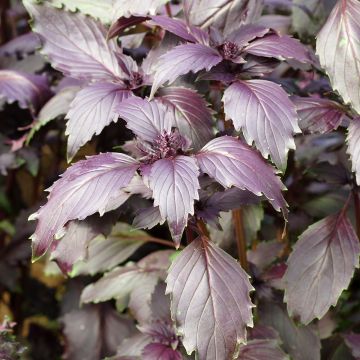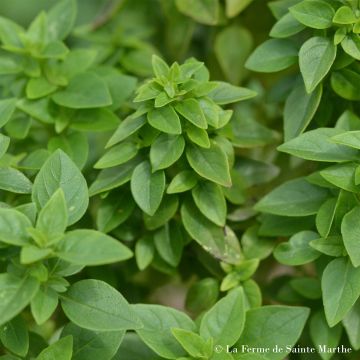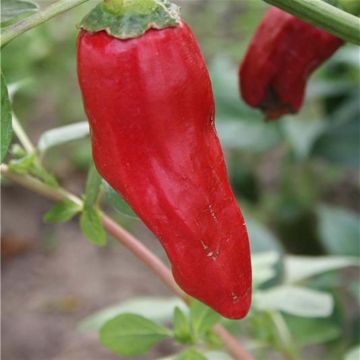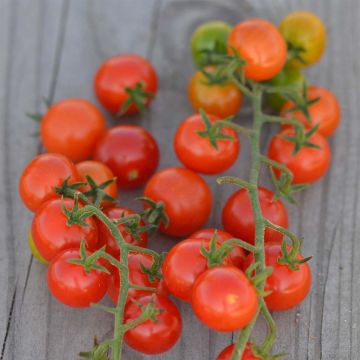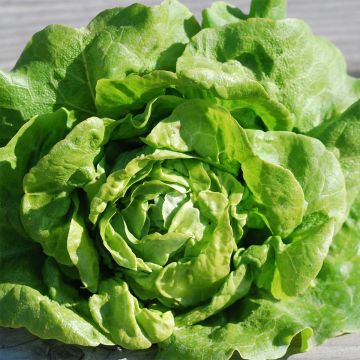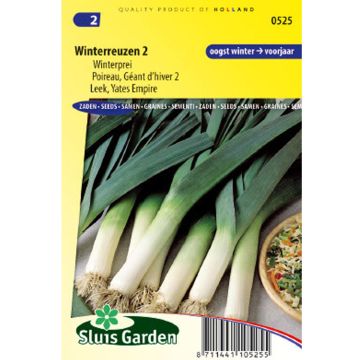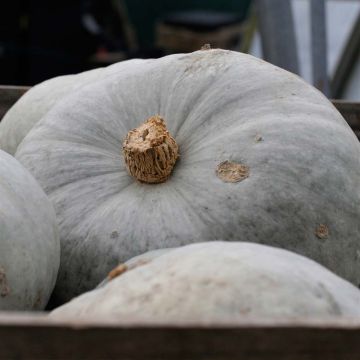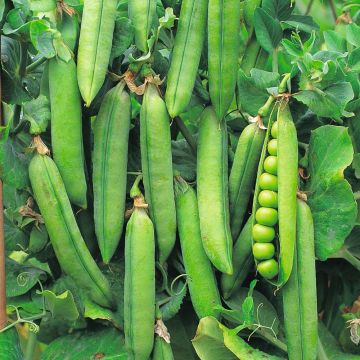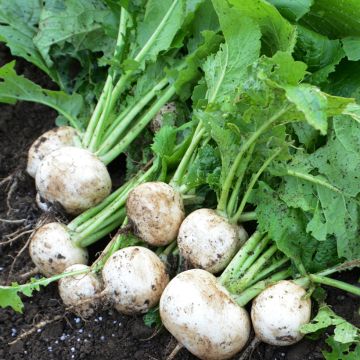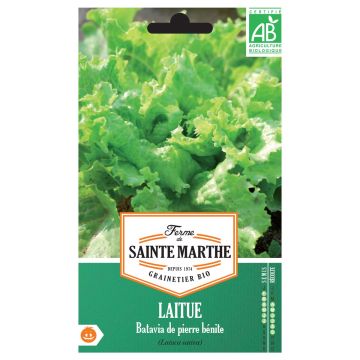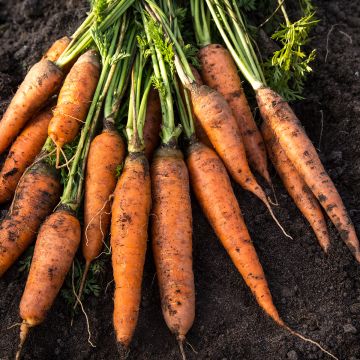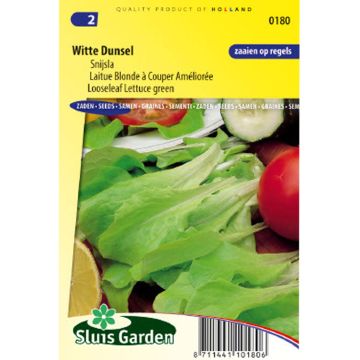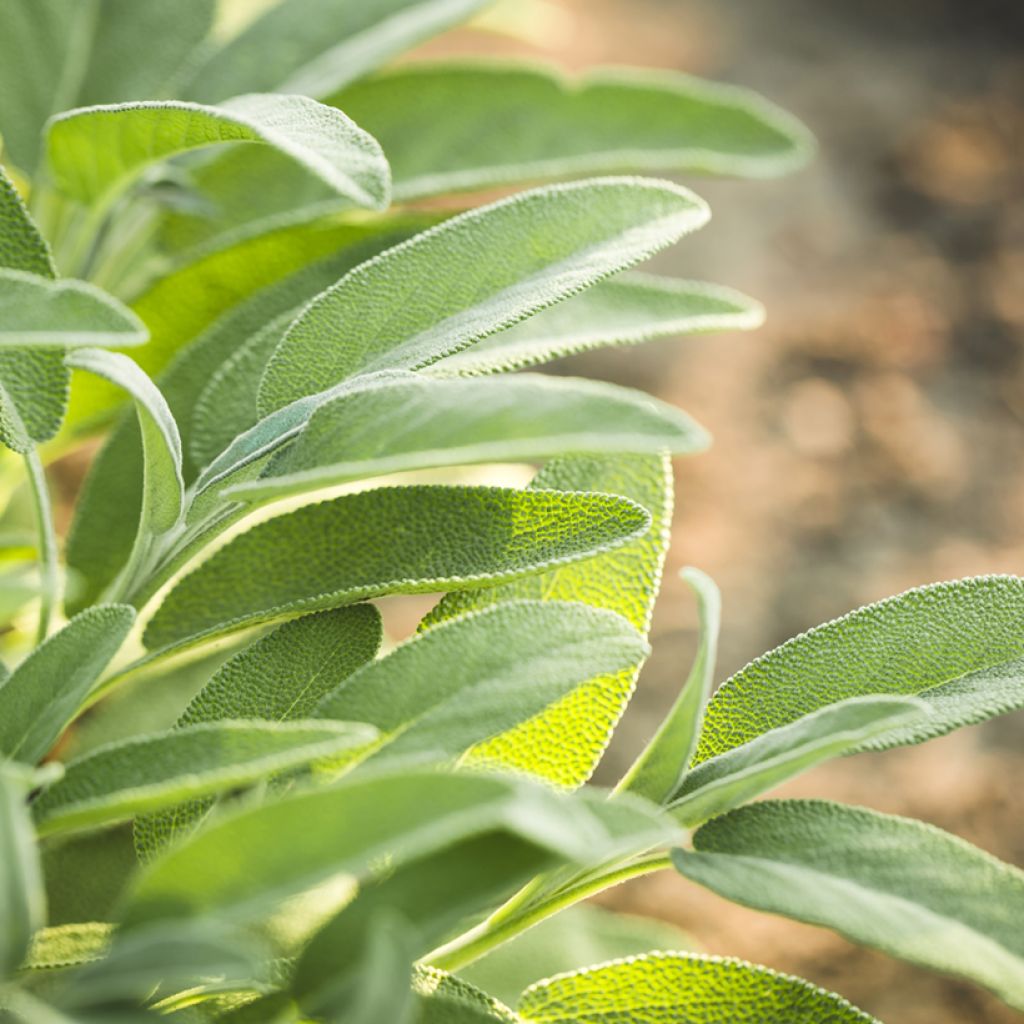

Salvia officinalis organic seeds - Common sage
Salvia officinalis organic seeds - Common sage
Salvia officinalis
Common Sage, Garden Sage, Culinary Sage, Broadleaf Sage
This item cannot be shipped to the selected country
Delivery charge from €5.90
Delivery to Corse prohibited
More information
Schedule delivery date,
and select date in basket
This plant carries a 6 months recovery warranty
More information
We guarantee the quality of our plants for a full growing cycle, and will replace at our expense any plant that fails to recover under normal climatic and planting conditions.
From €5.90 for pickup delivery and €6.90 for home delivery
Express home delivery from €8.90.
Delivery to Corse prohibited: UE law prohibits the import of this plant from mainland France to Corse as part of the fight against Xylella fastidiosa. Please accept our sincere apologies.
More information
Description
Common sage (Salvia officinalis) is a hardy and versatile undershrub. Highly valued in the garden, it combines ornamental, aromatic, and medicinal characteristics. Its evergreen leaves, with an intense and slightly camphoraceous fragrance, can be harvested fresh or dried. In cooking, its leaves bring a unique flavour to stews, grills, soups, and meats. They are also appreciated for preparing infusions and teas with soothing and digestive properties. Sow sage between March and July, with a first harvest possible as early as July of the following year and until December.
Common sage is native to the Mediterranean region, specifically southern Europe and North Africa, where it naturally grows in rocky and sunny soils. It belongs to the Lamiaceae family, which includes many aromatic plants such as thyme, rosemary, lavender, and mint. This perennial plant has a compact and bushy habit, reaching about 60 cm in all directions. Its stems are woody at the base and bear elongated and slightly furry, grey-green leaves that release a characteristic fragrance when crushed. During summer, it produces lovely blue-violet flower spikes, attracting pollinators such as bees and butterflies.
Easy-to-grow sage prefers well-drained soils and sunny exposures. In addition to its culinary qualities, it has been used as a medicinal plant since ancient times, particularly for its antiseptic, anti-inflammatory, and digestive properties. It is an essential plant for an aromatic or medicinal garden, offering aesthetics, flavours, and health benefits.
Report an error about the product description
Harvest
Plant habit
Foliage
Botanical data
Salvia
officinalis
Lamiaceae
Common Sage, Garden Sage, Culinary Sage, Broadleaf Sage
Mediterranean
Perennial
Other Herb seeds
Planting and care
Sowing of sage:
Sow from March to July, in a well-drained, light soil ideally enriched with mature compost. You can sow broadcast or in rows spaced 70 to 80 cm apart to allow good air circulation around the young plants. When the young plants reach about 10 cm in height, thin them out, keeping only one plant every 40 cm. This distance ensures good development of foliage and avoids competition between plants.
Maintaining sage is simple and not demanding. Hoe regularly to keep the soil loose and prevent the growth of weeds, which can hinder plant growth. Moderate watering is sufficient, as sage is drought-resistant once well-established. Be careful not to saturate the soil, as excess moisture can cause root rot.
To optimize growth, grow sage in a sunny and sheltered location, where it will benefit from warmth.
Seedlings
Care
Intended location
This item has not been reviewed yet - be the first to leave a review about it.
Vegetable seeds
Haven't found what you were looking for?
Hardiness is the lowest winter temperature a plant can endure without suffering serious damage or even dying. However, hardiness is affected by location (a sheltered area, such as a patio), protection (winter cover) and soil type (hardiness is improved by well-drained soil).

Photo Sharing Terms & Conditions
In order to encourage gardeners to interact and share their experiences, Promesse de fleurs offers various media enabling content to be uploaded onto its Site - in particular via the ‘Photo sharing’ module.
The User agrees to refrain from:
- Posting any content that is illegal, prejudicial, insulting, racist, inciteful to hatred, revisionist, contrary to public decency, that infringes on privacy or on the privacy rights of third parties, in particular the publicity rights of persons and goods, intellectual property rights, or the right to privacy.
- Submitting content on behalf of a third party;
- Impersonate the identity of a third party and/or publish any personal information about a third party;
In general, the User undertakes to refrain from any unethical behaviour.
All Content (in particular text, comments, files, images, photos, videos, creative works, etc.), which may be subject to property or intellectual property rights, image or other private rights, shall remain the property of the User, subject to the limited rights granted by the terms of the licence granted by Promesse de fleurs as stated below. Users are at liberty to publish or not to publish such Content on the Site, notably via the ‘Photo Sharing’ facility, and accept that this Content shall be made public and freely accessible, notably on the Internet.
Users further acknowledge, undertake to have ,and guarantee that they hold all necessary rights and permissions to publish such material on the Site, in particular with regard to the legislation in force pertaining to any privacy, property, intellectual property, image, or contractual rights, or rights of any other nature. By publishing such Content on the Site, Users acknowledge accepting full liability as publishers of the Content within the meaning of the law, and grant Promesse de fleurs, free of charge, an inclusive, worldwide licence for the said Content for the entire duration of its publication, including all reproduction, representation, up/downloading, displaying, performing, transmission, and storage rights.
Users also grant permission for their name to be linked to the Content and accept that this link may not always be made available.
By engaging in posting material, Users consent to their Content becoming automatically accessible on the Internet, in particular on other sites and/or blogs and/or web pages of the Promesse de fleurs site, including in particular social pages and the Promesse de fleurs catalogue.
Users may secure the removal of entrusted content free of charge by issuing a simple request via our contact form.
The flowering period indicated on our website applies to countries and regions located in USDA zone 8 (France, the United Kingdom, Ireland, the Netherlands, etc.)
It will vary according to where you live:
- In zones 9 to 10 (Italy, Spain, Greece, etc.), flowering will occur about 2 to 4 weeks earlier.
- In zones 6 to 7 (Germany, Poland, Slovenia, and lower mountainous regions), flowering will be delayed by 2 to 3 weeks.
- In zone 5 (Central Europe, Scandinavia), blooming will be delayed by 3 to 5 weeks.
In temperate climates, pruning of spring-flowering shrubs (forsythia, spireas, etc.) should be done just after flowering.
Pruning of summer-flowering shrubs (Indian Lilac, Perovskia, etc.) can be done in winter or spring.
In cold regions as well as with frost-sensitive plants, avoid pruning too early when severe frosts may still occur.
The planting period indicated on our website applies to countries and regions located in USDA zone 8 (France, United Kingdom, Ireland, Netherlands).
It will vary according to where you live:
- In Mediterranean zones (Marseille, Madrid, Milan, etc.), autumn and winter are the best planting periods.
- In continental zones (Strasbourg, Munich, Vienna, etc.), delay planting by 2 to 3 weeks in spring and bring it forward by 2 to 4 weeks in autumn.
- In mountainous regions (the Alps, Pyrenees, Carpathians, etc.), it is best to plant in late spring (May-June) or late summer (August-September).
The harvesting period indicated on our website applies to countries and regions in USDA zone 8 (France, England, Ireland, the Netherlands).
In colder areas (Scandinavia, Poland, Austria...) fruit and vegetable harvests are likely to be delayed by 3-4 weeks.
In warmer areas (Italy, Spain, Greece, etc.), harvesting will probably take place earlier, depending on weather conditions.
The sowing periods indicated on our website apply to countries and regions within USDA Zone 8 (France, UK, Ireland, Netherlands).
In colder areas (Scandinavia, Poland, Austria...), delay any outdoor sowing by 3-4 weeks, or sow under glass.
In warmer climes (Italy, Spain, Greece, etc.), bring outdoor sowing forward by a few weeks.

































